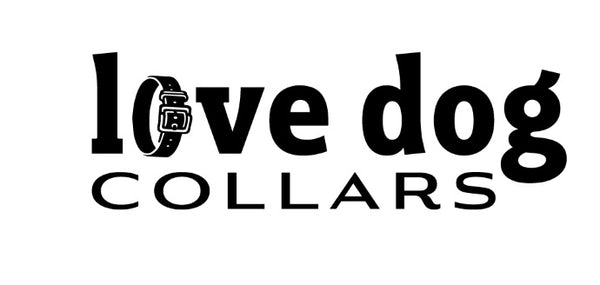Inflatable dog collars are a more comfortable alternative to traditional e-collars, often referred to as "cones of shame." These collars can help prevent your dog from licking or biting at wounds, stitches, or irritated areas. They allow for better visibility and mobility while still serving their purpose. Here’s a comprehensive guide on how to put on an inflatable dog collar effectively.
Step-by-Step Guide to Putting on an Inflatable Dog Collar
-
Choose the Right Size
- Before anything, ensure you have the correct size inflatable collar for your dog. Measure the circumference of your dog’s neck and compare it to the sizing guide provided by the collar manufacturer. A collar that's too small or too large will not function properly.
-
Introduce the Collar to Your Dog
- Allow your dog to sniff and inspect the collar while it is deflated. This helps to reduce any anxiety or fear they may have about this new object.
-
Attach the Collar When Deflated
- Start by putting the deflated collar around your dog's neck. This can be done similarly to how you would put on a regular collar. Many inflatable collars come with a clip or Velcro strap to secure them around the neck.
-
Gradually Inflate the Collar
- Once the collar is securely fastened around your dog's neck, begin to inflate it. Do this gradually, ensuring that your dog remains calm throughout the process. It’s important not to inflate the collar while it is not on your dog, as it will be difficult to put on when fully inflated.
-
Check for Proper Fit
- The collar should fit snugly but not too tight. You should be able to slide two fingers comfortably between the collar and your dog’s neck. This ensures the collar is effective without causing discomfort.
-
Observe Your Dog’s Reaction
- Monitor your dog closely for the first few minutes to ensure they are comfortable and not overly stressed. It’s normal for dogs to take a little time to adjust to the new sensation.
-
Adjust if Necessary
- If the collar seems too tight or too loose, deflate it slightly and readjust. It’s better to take your time and get the fit right rather than rushing through the process.
Troubleshooting Common Issues
-
Dog Refuses the Collar
- If your dog refuses to wear the collar, try introducing it gradually over several sessions. Start by letting your dog wear the deflated collar for short periods and then gradually increase the time.
-
Running and Shaking
- Some dogs might start running and shaking when they first wear the collar. This is usually due to the unfamiliar sensation. Try calming them with treats and positive reinforcement. If the behavior persists, consider using a body suit as an alternative.
-
Difficulty Inflating
- Make sure to inflate the collar off your dog to the desired firmness. Blowing it up while on your dog could scare them and possibly lead to injury.
Alternatives to Inflatable Collars
If your dog is particularly resistant to the inflatable collar, you might consider some alternatives:
-
Body Suit
- A body suit can be a comfortable and effective way to prevent your dog from licking or biting at wounds. These suits cover the affected area and are often more acceptable to dogs than collars.
-
Traditional E-Collar
- While less comfortable, traditional e-collars are sometimes necessary if an inflatable collar or body suit isn’t effective.
-
Monitoring
- In some cases, constant supervision may be sufficient. This requires you to keep a close eye on your dog to ensure they do not interfere with their wounds or stitches.
Maintaining Your Inflatable Collar
-
Cleaning
- Regularly clean the collar according to the manufacturer’s instructions. This will keep it hygienic and prolong its lifespan.
-
Storage
- When not in use, deflate the collar and store it in a cool, dry place. Avoid exposing it to extreme temperatures or direct sunlight, as this can damage the material.
Conclusion
Using an inflatable dog collar can make the recovery process more comfortable for your furry friend. By following the steps outlined above, you can ensure that the collar is put on correctly and that your dog adjusts to it with minimal stress. Always observe your dog’s reaction and consult your vet if you have any concerns. With patience and the right approach, you can help your dog heal comfortably and safely.

